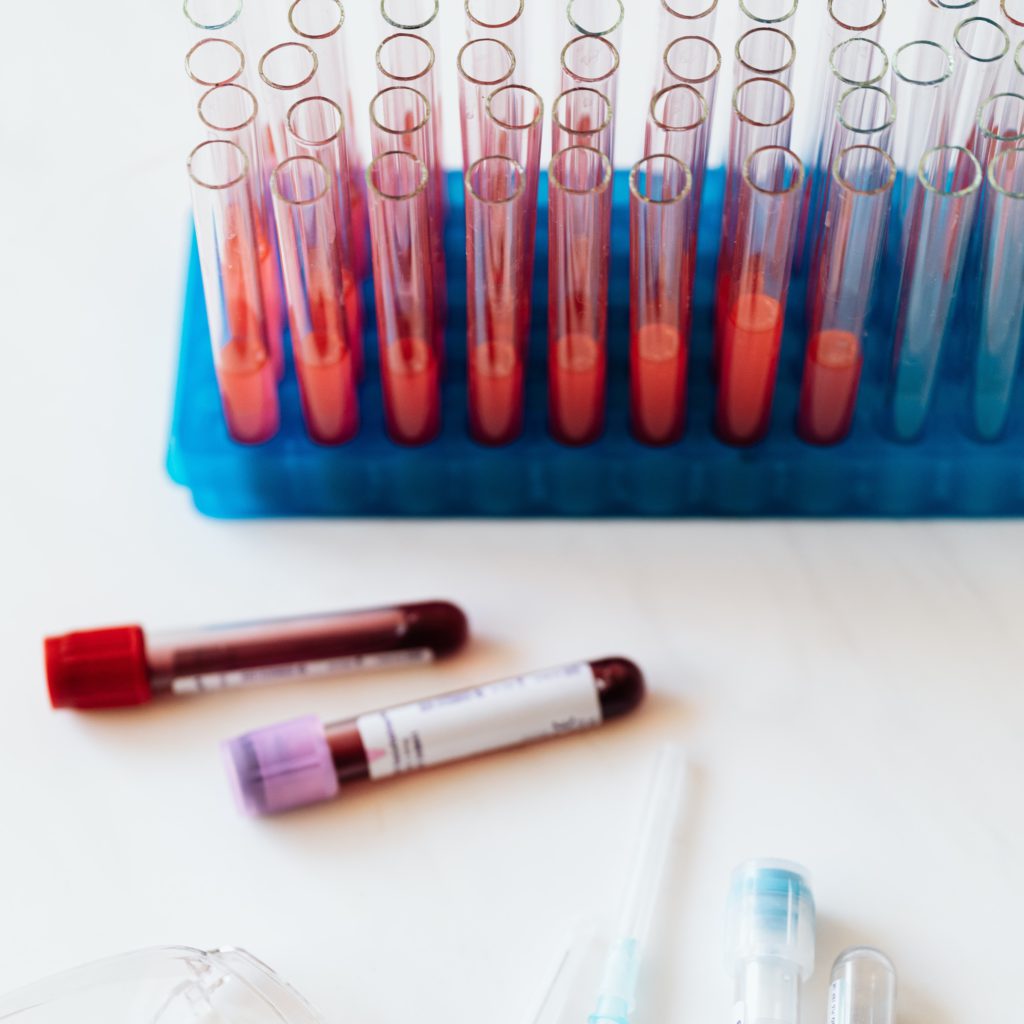Polycythemia Vera Prognosis
Although no cure exists, the polycythemia vera prognosis is relatively good. Groundbreaking therapies and diligent scientific research have made it possible for patients with polycythemia vera to live on average 20 years after their diagnosis.
Polycythemia Vera Prognosis
According to Cleveland Clinic, those diagnosed with polycythemia vera have an average life expectancy of someone diagnosed with polycythemia vera is approximately 20 years after diagnosis. However, like any condition, the prognosis varies depending on whether a patient undergoes the recommended treatment plan.
A study by Ayalew Tefferi and Tiziano Barbui published in the American Journal of Hematology in 2017 shows that life expectancy for those with PV who do not undergo therapy is between 1.5 and 3 years. In comparison, this is extended by 14 years overall with treatment and, on average, an additional 24 years for those under the age of 60.
PV is typically diagnosed later in life. Therefore, the average age of death for those with polycythemia vera is 77. For comparison, according to the CDC, the average life expectancy in the United States is also 77 years of age.
The prognosis for polycythemia vera improves with exercise and a healthy diet. However, complications associated with PV can complicate the accuracy of a prognosis.
Learn more about PV including the difference between primary PV and secondary PV by checking out our polycythemia overview page.
Which Complications are Linked to Polycythemia Vera?
A polycythemia vera prognosis can change based on the progression of the disease. Over time a patient with PV could develop blood clots or even more severe forms of cancer.
Blood Clots in Patients with Polycythemia Vera
Blood clots (thrombosis) are responsible for approximately 33% of deaths linked to complications of patients with PV. The disease causes an increase in the production of red blood cells, which ultimately results in the thickening of the blood. When blood becomes too thick, it can block blood flow in almost any part of your body.
Post-Polycythemia Vera Blood Disorders
In rare cases, polycythemia vera can eventually develop into a more severe blood disorder during the “spent” phase of the disease. An advancing blood disorder causes about 15% of deaths in patients with PV.
Potential progression of polycythemia vera includes:
- Myelofibrosis – occurs when mutated cells have replaced bone marrow with scar tissue.
- Myelodysplastic Syndrome – When blood cells don’t fully develop and end up dying early.
- Acute Myeloid Leukemia – A cancer of the bone marrow where the bone marrow produces abnormal myeloblasts, red blood cells, or platelets.
While it is possible for polycythemia vera to progress, only about 3% of PV cases progress fully to Acute Myeloid Leukemia.
“Polycythemia vera is different than myelofibrosis. We caught it earlier in the life of the myeloproliferative neoplasms. There are abnormalities that lead to uncontrolled cell growth. Polycythemia patients come with a very high red blood cell count, and many have also high white cells and high platelets. That’s why it’s called polycythemia. All the cells grow.”
Dr. Srdan Verstovsek | Read more about Dr. Verstovsek’s insight on PV treatment.
Stages of Polycythemia Vera
The progression of polycythemia vera is often separated into three distinct phases.
- Early PV – Your bone marrow is overproducing red blood cells, but they’re only mild or no symptoms.
- Advancing PV – The symptoms of polycythemia vera become more pronounced, and secondary conditions like arthritis, gout, or stomach ulcers may become present.
- Spent phase – This phase is known as myelofibrosis. Your bone marrow is replaced with scar tissue preventing the body from producing healthy red blood cells. In addition, the mutated cells may begin to spread to other organs of your body.
It’s important to note that the progression of polycythemia vera is only a possibility and not a certainty. The disease may never progress into further stages with proper polycythemia vera treatment and therapy.

Learn more about the symptoms and causes of polycythemia vera to better understand how PV treatments target specific symptoms.
Where Can I Learn More About the Spent Phase of Polycythemia Vera?
Once polycythemia vera reaches the spent phase, it is treated as a different disease. Different symptoms present themselves, and as a result, a different treatment plan is needed.
Visit our myelofibrosis overview page to learn more about the spent phase of polycythemia vera.


